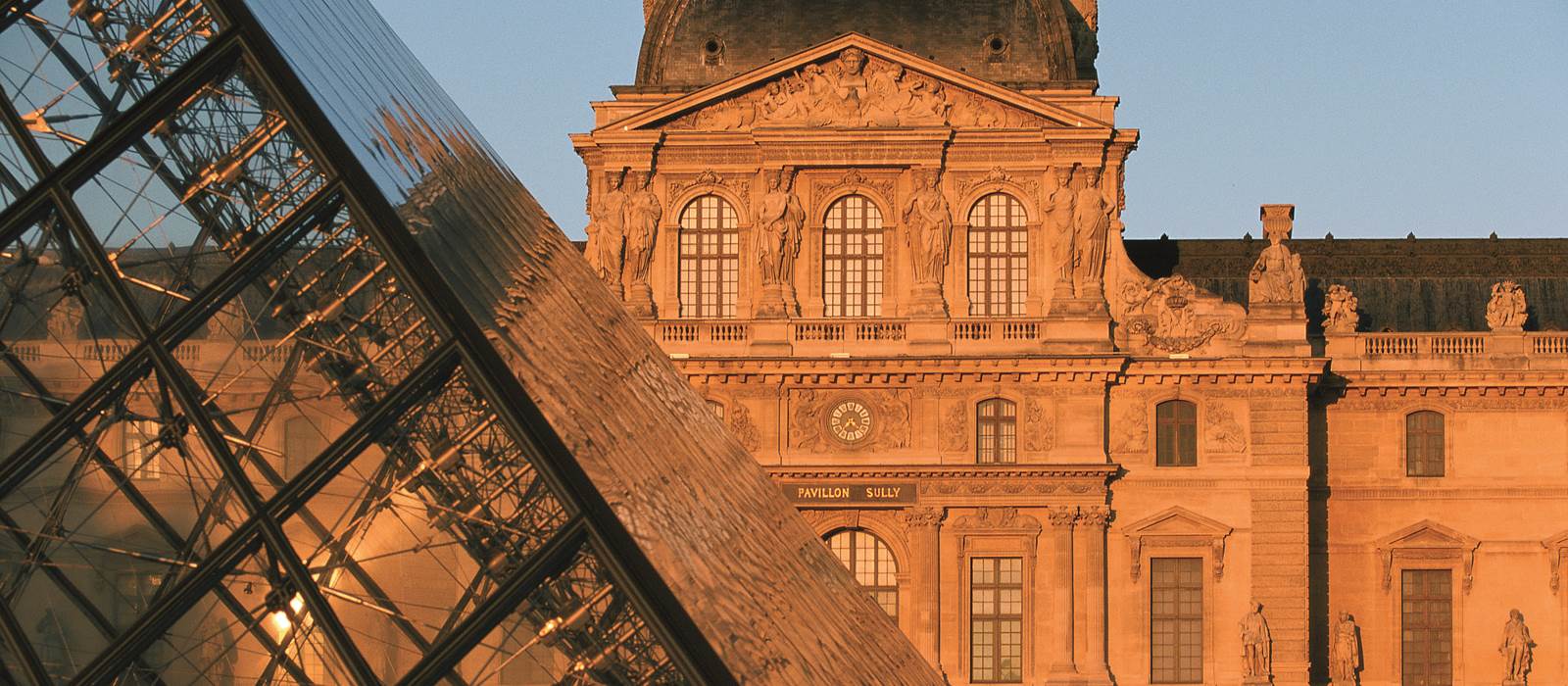
5 Facts You Probably Didn’t Know About the Louvre!
Discover Revolution, Romance, Viking Invaders & Criminal Conspiracy Theories
The Louvre is the world's biggest, busiest, and best known museum, famous for housing some of the most famous artworks on the planet. But, buried deep beneath the fantastic art are a range of fantastic facts that not a lot of people know about. From famous thefts, to Viking invaders; to infatuated French Emperors and criminal masterminds! Read our alternative guide to the Louvre and learn about its long and illustrious history.
Beware: Viking Invaders at the Gates!
Unbeknown to most, the Louvre was not originally built to house artworks. In fact, the structure was raised some 600 years before it ever served as a museum, in an attempt to keep out Viking invaders!
By 1190, much of Europe had already succumbed to Scandinavia’s axe-wielding intruders; so understandably, Parisians wanted to protect themselves from any threat of fresh invasion from angry Norsemen (It was generally quite expensive to make them leave, as was the case in the Viking Siege of Paris back in 845). Thus, Phillip II - the first King of France - commissioned the construction of a 100 ft. fortified tower (complete with surrounding moat) to keep out any irksome invaders.
As it happens, the Vikings didn’t bother invading; but better safe than sorry! Plus, Paris got a 100ft. fortress out of it - the remains of which, can still be seen today if you make the journey down towards the 13th century Salle Basse of the Louvre.
Vive la Révolution! Art for the Many, Not the Few
Having served as the Royal Residence and the home of the Royal Collection; Louvre Palace and its costly cache of treasures, sculptures and paintings had been kept for the exclusive enjoyment of the Realm. But that all changed with the outbreak of Revolution, which swept over France during the late 18th century.
By 1793, much of France had been subject to social and political upheaval; with the aristocracy subsequently removed - often by the head - along with their wealth and estates. The Louvre was one such bounty of the Revolution, with the National Assembly decreeing that the palace should be used as a museum to display the nation’s masterpieces.
On the 10th August 1793, the palace-turned-museum opened its doors to the public for the first time, exhibiting 537 paintings and 184 art objects from the former Royal Collection. Though this is a far cry from the 35,000 artworks the Louvre displays today, with a further 380,000 artefacts stowed away in its vaults!
The Emperor Loves Strange Smiles
Despite the Louvre’s newfound positioning as a public museum, some of its treasures remained hidden away for the pleasure of a privileged few. The Mona Lisa was one such work of art, which was ordered to be hung in the Tuileries Palace bedroom of Napoleon Bonaparte.
Allegedly, after first laying eyes upon Leonardo Da Vinci’s masterpiece in 1800, Napoleon became infatuated with the painting, referring to her as Madame Lisa and reportedly revelling in her beauty for hours on end. It is also said that the French Emperor’s fascination with the canvas inspired his affection for a beautiful Italian named Teresa Guadagni, who was a direct descendant of Lisa Gherardini - the actual subject of the Mona Lisa. Coincidence? I think not!
The Theft That Made the Mona Lisa the Most Famous Painting on Earth
After the painting vanished in 1911, thousands of people poured into the Louvre to stare at the empty wall where she once hung, leaving flowers, notes, and remembrances in their masses.
So who stole her? Well, initially, the bungling police investigation hauled in artists like Picasso and Apollinaire for questioning; though it turned out the culprit was a painter of an altogether different kind. Introducing Vincenzo Peruggia, the dim-witted decorator who waltzed out of the Louvre with the Mona Lisa under his coat!
Himself an Italian native, Peruggia had cited his reasoning behind the theft as a patriotic one; mistakenly believing Napoleon had taken the painting from Italy, when it had in fact been given to Francis I. Even so, he never would have foreseen how much attention his actions would attract, with images of the canvas splashed across every newspaper in the world - ultimately elevating the Mona Lisa to the most recognisable work of art on Earth.
Such was the intensity of the media spotlight, Peruggia was likely relieved when two years later he was reported to the authorities, after attempting to sell the painting to an Italian art dealer - for which he was subsequently sentenced to 7 months in jail. But was Peruggia the real mastermind behind the world’s most famous art heist?
The Real Secret Behind the Mona Lisa Theft?
After the outing of handyman Vincenzo Peruggia as the man responsible for the theft of the Mona Lisa, the feeling never quite passed that the painting deserved a more impressive assailant. In 1932, the journalist Karl Decker supplied one, in his article Why and How the Mona Lisa Was Stolen.
In the editorial, Decker reported how he had met the real mastermind in Casablanca, revealing the brains behind the operation to be an aristocratic conman named Eduardo de Valfierno. The posing aristocrat, apparently coaxed into telling all after a few brandies, had said how Peruggia was a mere cog in the wheel of his scheme - which would see Valfierno sell six meticulously forged copies of the Mona Lisa to gullible millionaires.
Of course, after Peruggia’s famous theft, the millionaires would have no difficulty in believing they had bought the real painting, unbeknown to them that the handyman was still in possession of the original!


